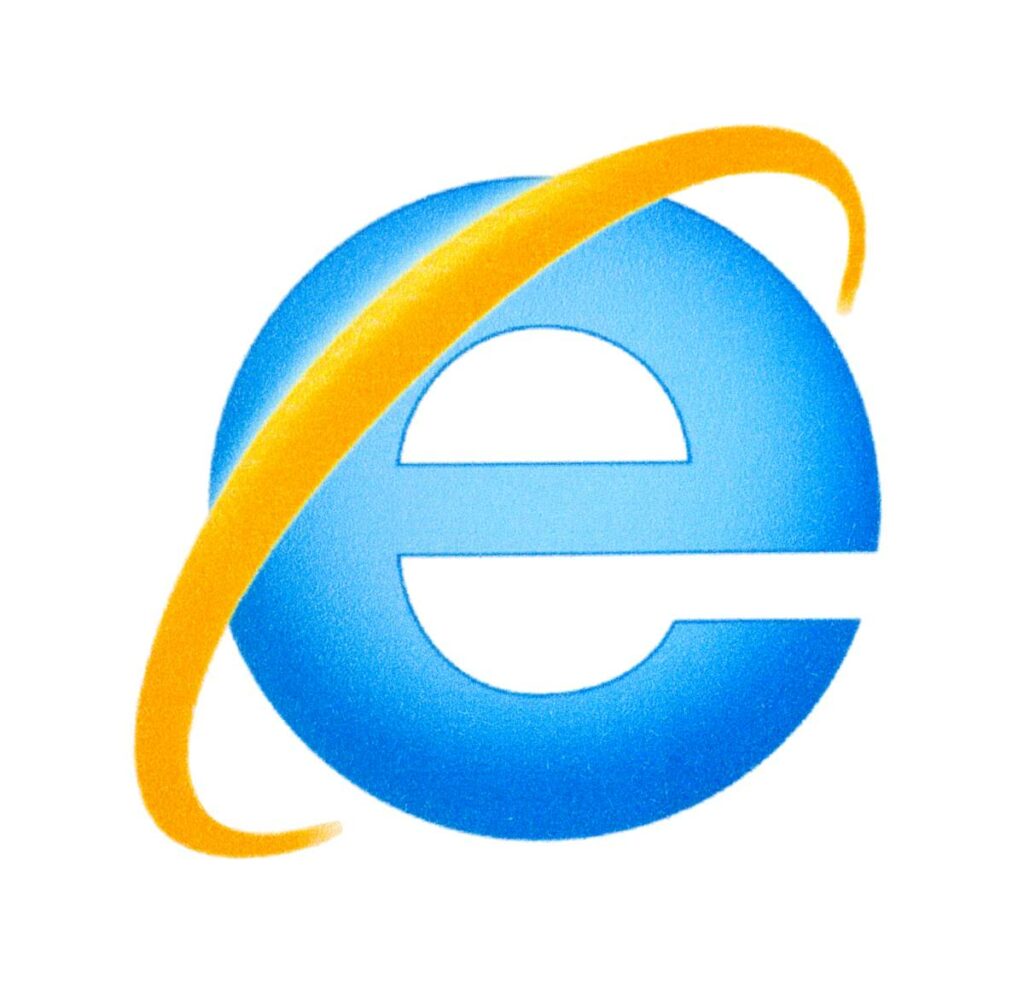- +352 444 222
- Monday-Friday 12:00-18:00
- 20, avenue Marie-Thérèse, 2132 Luxembourg


The use of physical documents is cumbersome, and the world is moving towards the use of digital documents. These are convenient to manage, but proving their authenticity is often a problem. Indeed, as there is no common protocol for validating and verifying digitized documents, their analysis process in private or government institutions is difficult.
To address this issue, blockchain-based mechanisms are emerging to verify the authenticity and content of digital documents. Renowned for its immutability, this technology appears to be an excellent solution.
It all began in 1991 with the work of researchers Stuart Haber and W. Scott, who planned to use blockchain to prevent the falsification of time-stamped documents.
It wasn’t until much later, in 2009, that Satoshi Nakamoto (pseudonym of alleged developer(s) Dorian Nakamoto and/or Craig Wright) invented the first concrete application of blockchain, the most famous and first crypto-currency, bitcoin.
At the time, the process was revolutionary: thanks to the certifying nature of blockchain, it was now possible to issue virtual currencies that were 100% verifiable and unfalsifiable, qualifiers previously reserved for state minted currencies.
Then in 2014, blockchain 2.0 technology saw the light of day, and with it, the field of possibilities suddenly expanded. Indeed, its enormous potential is beginning to interest players outside the financial sector who want to take advantage of its unfalsifiable traceability. New uses are rapidly emerging, notably in the pharmaceutical, raw materials and even luxury goods industries.
Finally, in 2020, a new revolution will see the light of day with the launch of Ethereum 2.0, a major update of the Ethereum protocol (Bitcoin’s competitor), the main aim of which is to move from the proof-of-work principle to the proof-of-stake principle. The latter, which is far less energy-intensive, should reduce the electricity consumed by the blockchain by over 90%, but has been considerably delayed and is not expected to be finalized until the coming months.
In essence, blockchain is a shared database or registry that enables information to be stored and transmitted securely. This database is tamper-proof and its data verifiable.
Blockchain users are interconnected in a network. They all have simultaneous access to a register containing the database data. Any future changes to the register are visible to all users.
Decentralized in nature, blockchain operates without a central control body, and is controlled by its own users, without any other intermediaries.
It has 4 main advantages:
To fully understand how blockchain can be used to certify documents, we first need to explain some of its fundamentals.
Every blockchain is made up of blocks that contain :
This is how all the blocks stay linked together to form a tamper-proof chain, making it impossible to change any information without it being detected by other users. In fact, each hash is calculated when its block is created, and then modified each time the information it stores changes.
When a user wants to enter new information into the blockchain, as in the case of a new transaction, a new block is created. It is then up to the network members themselves to validate and verify the authenticity of the new information inserted.
As mentioned above, this validation can be carried out in two ways:
Finally, blockchain is an open network, and every user owns a copy.
So, for a new block to be added to the chain, it has to be sent to “network nodes” of computers scattered all over the world. It will then be submitted for validation by each node, and added to all copies of the database.
This decentralized network of nodes ensures the validity and authenticity of blockchain certification. In principle, the version with the most valid votes is the one considered valid.
It is the combination of these three concepts – the hash, the proof of work (or stake) and the network of nodes – that makes blockchain a secure, forgery-proof technology with evidential value.
From a legal point of view, the certification of a digital file on a blockchain constitutes the beginning of a proof, like an email. Two conditions must be met:
The certificate can be used to prove the integrity and anteriority of a data item or digital file before a judge.
In particular, this makes it possible to obtain an NFT (non-fungible token), which is particularly well-suited to document certification and storage.
The process of creating an NFT is called minting. It involves copying a digital file onto a server and then creating a cryptographic token containing a link to this file on a blockchain.
We’ve mentioned crypto-currencies, the first successful application of blockchain, but many other sectors are likely to benefit from this technology.
Also in finance, Banco Santander, a Spanish bank, is using the Ripple blockchain to automate certain international fund transfers for its customers. The number of manual actions is reduced, saving time and reducing the cost of each operation.
In supply chain management, blockchain is also particularly suited to real-time tracking of goods as they move and change hands. In particular, it enables newly-arrived goods to be allocated to different shipping containers.
Blockchain is also proving popular with healthcare professionals, particularly for storing health data and medical histories. It overcomes the effects of the industry’s major data silos, and protects the confidentiality of patients who cannot be directly identified.
In the banking compliance sector, with the advent of fintechs and their remote relationship entry paths, the need for certified official documents is becoming ever more pressing. Document and identity fraud has exploded in recent years.
In many countries, it is still necessary to call on the services of professionals (e.g. notaries) and to travel physically to certify a document. The customer experience is obviously greatly degraded, and the system is not perfectly infallible.
To overcome this problem, many financial organizations prefer to obtain these documents directly from government-run sites such as Infogreffe.fr in France. This is the choice we have made at LinkCy to ensure the highest level of security for our partners. Nevertheless, the process could be even smoother if the entire company database (addresses, managers, shareholders, etc.) were stored on the blockchain.
In the real estate sector, we could imagine the same thing for property deeds. Property buyers would be provided with an NFT at the time of purchase. It would then enable them to prove their ownership status, and would also facilitate the transfer process.
This is already the case for diplomas issued by certain schools, which have abandoned the paper format, too easy to misplace and falsify. Instead, students receive a digital diploma that includes all their training information. They can also share it on their CV, social networks or send it directly to recruiters. It’s a guarantee of security for students and confidence for companies.
In France, several establishments have already taken the plunge, including emlyon business school and the University of Lille.
Finally, a new type of token, inspired by the online game World of Warcraft and backed by Ethereum blockchain creator Vitalik Buterin, could prove promising in this area. These are Soulbound tokens (SBT). These are NFTs that act like “medals” in real life, like the ones you get in a video game by completing a certain task. Buterin sees them as an irrefutable way of proving his employment history, diplomas and other types of skills.
Unlike traditional NFTs, SBTs will not be transferable, and therefore cannot be acquired through exchanges, making them even more suitable for certifying academic career paths. They could also be useful for managing event ticketing or even tracking a person’s credit score.
However, users will be free to revoke them on request. This is important to ensure that they are not used for authoritarian or even dystopian purposes, such as China’s infamous social credit system.
Certification of official documents using blockchain therefore has a bright future ahead of it. There are many unexplored areas that could benefit from this, such as digital medical prescriptions, or intellectual property management of industrial patents or designs in the fashion sector.
Dear users, on 15/06/2022 Internet Explorer will be retiring. To avoid any malfunctioning, we invite you to install another browser, such as Google Chrome, by clicking here, or the one of your choice.
Please check this before contacting us in the event of a problem.
